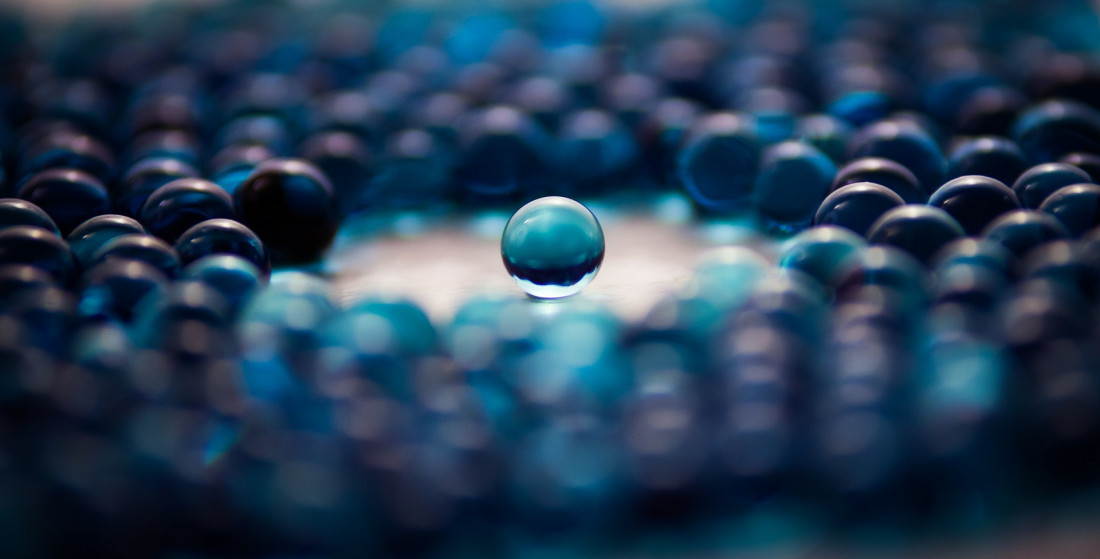The chemical industry has long known of the usefulness of superomniphobicity. It is the property of a chemical product or industrial coating to repel virtually any liquid. But now engineers have found a chemical process that can apply superomniphobicity in a way that can sort droplets of liquid according to surface tension.
The research was led by Arun Kota, assistant professor at Colorado State University’s Department of Mechanical Engineering and the School of Biomedical Engineering, who published the results with the Royal Society of Chemistry. The study is called ‘Lab on a Chip’ because the researchers “envision that our methodology for droplet sorting will enable inexpensive and energy-efficient analytical devices for personalized point-of-care diagnostic platforms, lab-on-a-chip systems, biochemical assays and biosensors.”
While miniature laboratories sound wonderful, the true beauty of the discovery lies in the way that liquids are affected by a titanium dioxide coating. As TiO² reacts to light, the researchers are able to adjust the surface tension of the coating by adjusting its exposure to light.
As the online journal Science Daily explains, “The researchers patterned a surface with titanium dioxide ‘nanoflowers’ by decorating a pristine thin film of titanium in a nanoscale pattern that looks like a field of flowers under a scanning electron microscope. Exploiting titanium dioxide’s photocatalytic properties, they slightly changed the surface chemistry on various spots on the device by shining UV light on it for set lengths of time.
The result: a flat film that can sort liquid droplets based on their surface tensions, when the device is placed at a slight incline.”
Click here to see Colorado State University’s video of the experiment in action.
Coatings specialists and business leaders are still considering what real world applications this discovery could have, but the researchers themselves are proposing that the coatings could be, “able to instantly diagnose diabetes, Ebola or some other disease.” Others see the idea forming applications such as “biosensors for point-of-care diagnostic platforms to lab-on-chip systems that can quickly distinguish between droplets of different chemicals.”
All of these ideas hold the potential to make money, a notion that is always in Kota’s thinking. As he says, “We’re engineers! We need applications that can translate commercially.”
Can you help Kota and his team? How would you convert his tunable superomniphobic surfaces into a commercial project?

